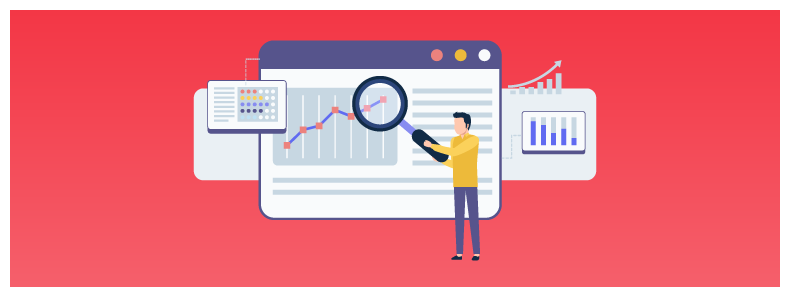5 Ways Web Application Scanning Protects from New Threats?
Web application scanning is the first step towards effective and proactive web application security. Conducted with the help of website vulnerability scanners – manual or automated, vulnerabilities, gaps, loopholes, and weaknesses are identified and an understanding of the baseline of security risks is offered by web application scanning.
As the threat landscape continues to grow, vulnerability scanning is considered indispensable to strengthen web app security. In this article, we will explore how.
Why Is It Necessary to Protect Against Threats, Especially New and Emerging Ones?
Cyber threats must be protected against for the simple reason that successful cyber-attacks are exceptionally damaging to organizations of all kinds – from government agencies and non-governmental entities to major corporations and SMEs. The financial and reputational costs are massive but, easily avoidable with the help of robust web application security.

The threat landscape is fast-evolving. Newer, more sophisticated attack vectors are being developed by attackers, who are massively leveraging automation, AI-ML, and other futuristic technologies. New and emerging threats are outwitting conventional endpoint security with ease.
This is because virus signature databases or Indicators of Compromise (IoC) are utilized in conventional security solutions to identify potential threats. While it is great to prevent known attack vectors, anything outside this database (new and emerging threats including zero-day threats) can easily slip the radar and wreak havoc on the application. So, new and emerging cyber threats must be protected proactively.
How Does Web Application Scanning Help Protect Against New Threats?
In protecting against any kind of threat, being one step ahead of attackers is indispensable. Proactive and pre-emptive protection is ensured by web application scanning in the following ways:

1. Augmenting Conventional Detection Techniques with AI-ML
The traditional virus signature database is combined with behavioral analysis and AI-based techniques in modern-day, intelligent scanning tools to enhance the process and expand the boundaries of threat hunting. Such scanning tools are endowed capabilities to build further intelligence based on historical data and context/training with manual guidance and hence, can be trained to provide better coverage of latest and emerging threats.
Intelligent web application scanning tools like AppTrana are equipped with Global Threat Intelligence Database to ensure that they are constantly updated about the emerging threats.
2. Integration with Other Security Tools to Improve Coverage
Intelligent scanners are equipped with data from security analytics and past attack history to effectively detect such threats in the future. Through integration with the WAF, previously un-crawled areas are automatically added into the purview of scanning in real-time based on live traffic insights. With insights from security audits and pen-tests, best and continuous improvements to the coverage and thereby, the scan findings are ensured.
3. Use of Automation
Given that the pace at which applications are changing, the vulnerabilities and weaknesses are rapidly increasing too. By leveraging automation, agility can be achieved in application scanning. Heightened accuracy in the detection of vulnerabilities is ensured by automation across the increasing scale of applications, its diverse components, and moving parts.
4. Visibility into Associated Systems and Third-Party Components
The security of an application is only as good as the security of its associated systems (content management systems, databases, etc.) and third-party components. Visibility into the weaknesses and misconfigurations of these systems and components is vital to strengthen application security. These systems and components will be incorporated by a comprehensive scanning tool.
5. Managed by Security Experts
Support from security experts is vital for the customization of the rules of the scanning tool to broaden its scope and coverage.
Features to Look for in A Web Vulnerability Scanner
- Provision of daily and on-demand scanning to proactively detect web application vulnerabilities, malware, and logical flaws.
- Comprehensive coverage that is continuously improved.
- Endowed with the ability to be trained for deeper automation with manual Product Team guidance and Global Threat Intelligence.
- Assured Zero False positives backed with Service level agreements
- Managed by certified security experts who customize and tune rules, and conduct security audits and pen-tests.
- Part of a fully managed and holistic security solution for heightened security.
Is a free web application scanner good enough? No. Most free web application scanners do not provide all the features discussed above. Paying for an intelligent and comprehensive vulnerability scanner is a critical investment that must be made by businesses for robust security against all threats.

Conclusion
Given that cyberattacks are an integral part of the digitalizing world, ignoring cyber threats is a luxury that no organization can afford. Pre-emptive and proactive protection against threats and better risk management is made possible by web application scanning. Refraining from a reactive approach and investing in an intelligent web vulnerability scanner along with a managed security solution like AppTrana is key to staying ahead of attackers and protecting your application.


 July 28, 2020
July 28, 2020



